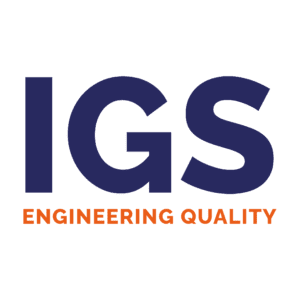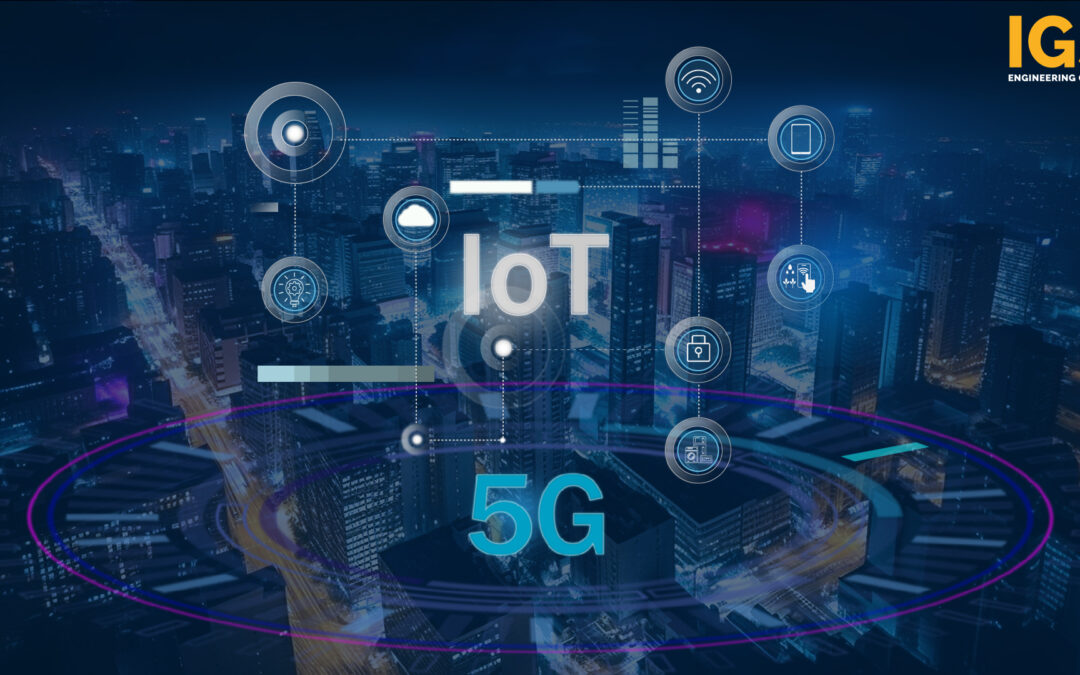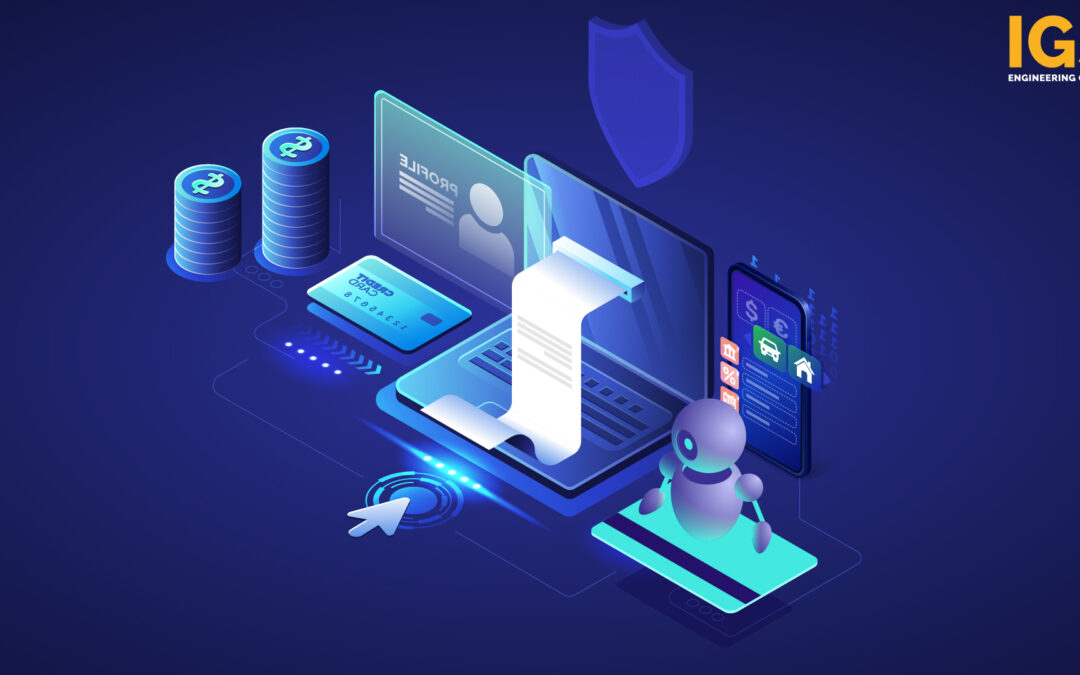
Enhancing User Experience with Recommendation Engines in the OTT Industry
Top Recommendation Engines in the OTT Industry
Talamoos
Talamoos is a standout recommendation engine that excels in providing highly personalized content through advanced machine learning algorithms. Here are some of its key features and techniques:
Techniques Used:
• Machine learning
• Deep learning
• Collaborative filtering
• Content-based filtering
• Real-time data processing
Key Features:
• Real-time Personalization: Talamoos offers real-time recommendations that adapt to user behaviour instantly.
• Scalability: It handles large-scale data efficiently, making it suitable for OTT platforms with vast user bases.
• Customizable: Talamoos allows for extensive customization to meet the specific needs of different platforms and user demographics.
• Multilingual Support: Capable of providing recommendations across multiple languages and regions.
X-Ray
Another powerful recommendation engine in the OTT industry is X-Ray (not to be confused with Amazon's X-Ray feature). X-Ray leverages advanced machine learning and natural language processing to deliver highly relevant content suggestions.
Techniques Used:
• Advanced machine learning
• Neural networks
• Collaborative filtering
• Content-based filtering
• Natural language processing (NLP)
Key Features:
• Contextual Recommendations: X-Ray provides context-aware recommendations that consider the user's current context and past behaviour.
• Content Discovery: It helps users discover new content based on their preferences and viewing habits.
• User Segmentation: X-Ray can segment users into different groups based on their behaviour and preferences to provide targeted recommendations.
• Enhanced User Engagement: By offering highly relevant content suggestions, X-Ray aims to increase user engagement and retention.
Testing Recommendation Engines in OTT Applications
Testing recommendation engines in an OTT application involves various strategies to ensure they deliver accurate, relevant, and timely recommendations. Here are some methods we have employed that are particularly effective:
A/B Testing
Purpose: Compare the performance of different recommendation algorithms or
configurations.
Implementation:
• Divide users into control and test groups.
• Serve different recommendations to each group.
• Measure key metrics like user engagement, click-through rates (CTR), and watch
time.
Unit Testing
Purpose: Validate individual components of the recommendation engine.
Implementation:
• Test algorithms with predefined datasets.
• Check if recommendations are generated correctly based on input data.
Integration Testing
Purpose: Ensure the recommendation engine integrates seamlessly with other components
of the OTT platform.
Implementation:
• Test data flow between the recommendation engine and the application.
• Verify API responses and data consistency.
End-to-End Testing
Purpose: Simulate real user interactions to test the entire recommendation process.
Implementation:
• Use automated scripts to mimic user behaviors.
• Check if the recommendations appear correctly and function as expected.
Performance Testing
Purpose: Assess the recommendation engine’s performance under various conditions.
Implementation:
• Load testing to measure response times under high traffic.
• Stress testing to identify breaking points.
Exploratory Testing
Purpose: Uncover unexpected behaviours and edge cases.
Implementation:
• Manually explore the recommendation engine’s functionality.
• Test with varied and extreme user profiles.
Functional Testing Approach
Delving deeper into functional testing, it’s crucial to ensure that the engine accurately and efficiently generates recommendations based on various user attributes such as preferences, watch history, geo-location, age, gender, and ethnicity.
Data Preparation
• User Profiles: Create diverse user profiles with varying attributes (preferences, watch history, geo-location, age, gender, ethnicity).
• Content Metadata: Ensure that content metadata is rich and includes attributes that the recommendation engine will use for filtering and ranking.
Test Scenarios and Cases
Accuracy Testing
• User Preferences: Verify that the recommendations align with the user's explicit preferences (e.g., genres, actors).
• Watch History: Ensure that recommendations are influenced by the user's viewing history.
• Geo-Location: Validate that recommendations are localized based on the user’s geographic location.
• Age: Ensure age-appropriate content is recommended.
• Gender: Validate that gender-specific content preferences are considered.
• Ethnicity: Ensure that culturally relevant content is recommended.
Efficiency Testing
• Response Time: Measure the time taken to generate recommendations.
• Load Testing: Assess the performance under high user load.
Conclusion
Both Talamoos and X-Ray leverage sophisticated algorithms and machine learning techniques to deliver personalized content recommendations. They are designed to enhance user experience by providing relevant and timely content suggestions, thereby driving engagement and satisfaction in the OTT industry. Testing recommendation engines involves a combination of automated and manual testing approaches to cover functional, performance, security, and user experience aspects. By systematically applying these methods, you can ensure the recommendation engine performs well and meets user expectations in a real-world OTT application.
With over 8 years of experience testing various OTT applications, ensuring the accuracy and efficiency of these engines is key to maintaining high user engagement and satisfaction, which ultimately drives the success of any OTT platform in providing unmatched user experience




